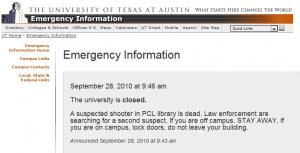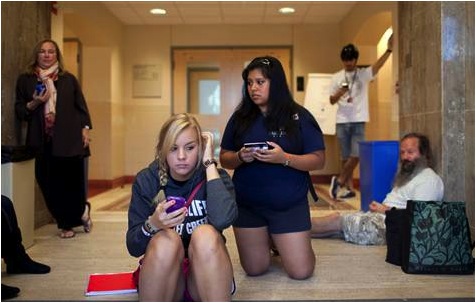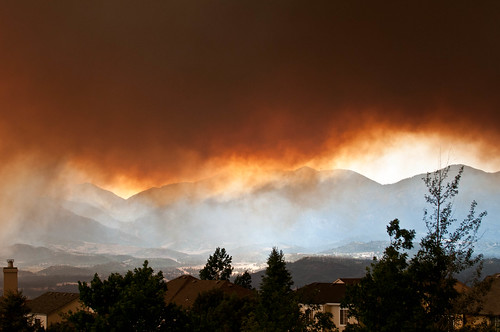- Racing Against Mother Nature: Amatra Helps Indiana AHIMT Prepare for Hurricane Sandy 10/31/12
In late October, the weekend before Hurricane Sandy hit, the Amatra team worked with Tom Eckert and his All-Hazards Incident Management Team in Indiana to prepare for what could have been a devastating natural disaster blow from Sandy and her aftermath.
Eckert, a longtime Amatra customer in Madison County, Ind., helped ready the incident management team for disaster-situation deployment by using SmartSource™ technology to notify them that they might be needed.
This AHIMT is just one part of Indiana’s District 6 emergency-response task force, which also includes the emergency medical responders, fire departments and law enforcement of 13 Indiana counties.
During these preparations, the AHIMT was also preparing for potential out-of-state deployment to the East Coast, which is a much larger undertaking than their usual emergency deployments.
Team members are all volunteer, and emergency situations like Hurricane Sandy are never set on a convenient timeline, Eckert says. “You have to notify people, and they have to find out from their bosses and their families whether they can go. That all takes time and feedback.”
Amatra SmartSource™ is capable of reaching people through their home phones, cell phones, text messages, e-mail, Facebook and Twitter, all with real-time responses for quick coordination
“We notified 35 members that they were on standby and, using SmartSource™’s real-time response technology, asked who would be able to go if we got called up,” Eckert says. “This all happens very fast, and we need to get back to state authorities who need us within a couple of hours to let them know we can fulfill our mission with the people we have.”
In Madison County, there’s been little more than heavy rain and some strong winds.
But while it may seem the state is out of the woods — especially compared to New York and other states along the eastern seaboard —there are still hundreds of thousands of people without power in Indiana, and in some cases, the debris along the streets is so thick that the crews can’t even get in to make the necessary repairs.
It all starts with emergency response and rescue, but after that, these teams have a wide range of important responsibilities in recovery mode, too.
Amatra SmartSource™ is helping those teams be more prepared to mobilize when they’re needed — and helps officials in the state of Indiana know they can rely on them. For more information on creating an emergency response strategy for your area using Amatra SmartSource™, send an e-mail to info@amatra.com.
 The Amatra team sends best wishes to all communities affected by Hurricane Sandy. If you’d like to donate to the cause, you can text “REDCROSS” to 90999 or visit the Red Cross’s website for more information on how to help.
The Amatra team sends best wishes to all communities affected by Hurricane Sandy. If you’d like to donate to the cause, you can text “REDCROSS” to 90999 or visit the Red Cross’s website for more information on how to help.











